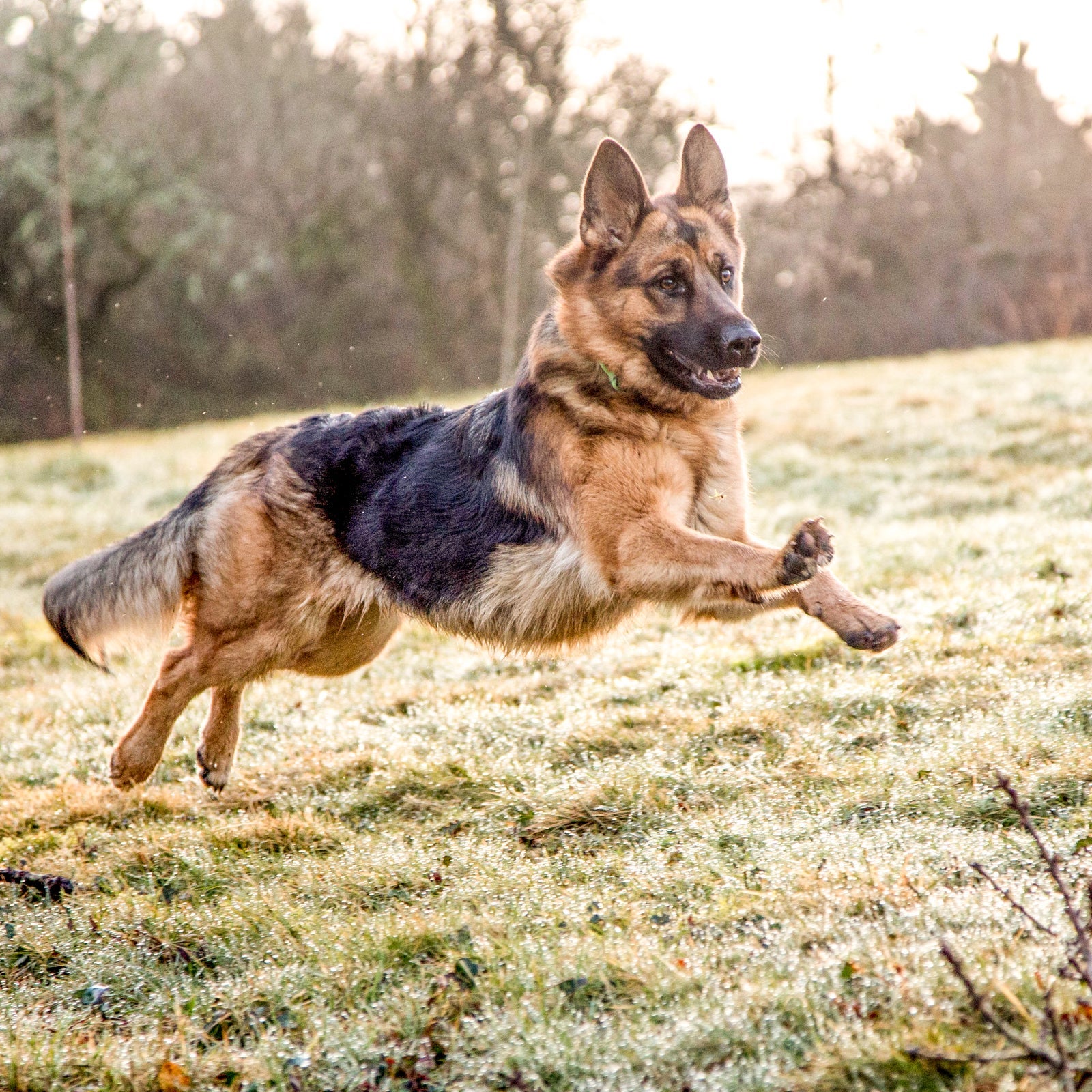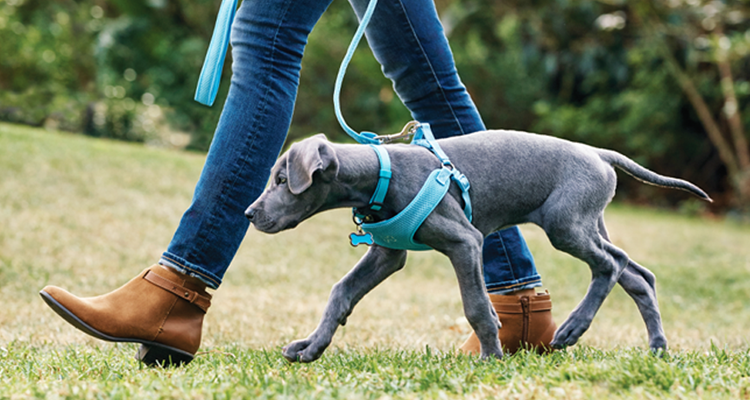Top Pet Training Strategies Every Owner Need To Know

Favorable Support Methods
Using positive support strategies is necessary for efficient canine training, as it fosters a relying on bond between the instructor and the pet. This technique concentrates on gratifying preferable actions as opposed to punishing undesirable ones, developing a setting favorable to learning. Rewards can consist of treats, praise, or play, which inspire dogs to duplicate the habits that earn them these incentives.

Moreover, this method boosts the dog's interest for training sessions. When pets associate training with positive experiences, they are a lot more involved and receptive. Past prompt therapy, positive support urges a joint relationship in between the pet and instructor, minimizing anxiety and fear
To take full advantage of effectiveness, it is essential to deliver benefits promptly, guaranteeing the pet attaches the actions with the reinforcement. In essence, positive reinforcement techniques not just yield better-trained dogs but also advertise an unified collaboration in between pet and proprietor.
Remote Control Training Approach
The remote control training approach is a highly effective strategy that develops upon the principles of favorable support by including a distinctive audio to mark wanted actions. This approach makes use of a tiny portable tool that generates a clicking audio, permitting instructors to connect with their dogs in a clear and immediate fashion. When a dog performs a behavior that the owner desires to urge, the remote control is turned on, adhered to by an incentive, typically in the form of treats or praise.
The trick to effective remote control training depends on uniformity and timing. It is vital to click at the specific minute the preferred behavior happens, making sure that the pet dog connects the sound with the action and the subsequent reward. This method not just improves communication but additionally cultivates a stronger bond in between the dog and the owner, as it urges involvement and communication throughout training sessions.
Clicker training can be applied to a selection of commands and habits, from standard obedience to a lot more complex methods. Its adaptability and effectiveness make it a popular technique amongst expert trainers and family pet owners alike, leading the way for a trained and responsive canine buddy.
Leash Training Fundamentals
Effective chain training is necessary for guaranteeing a enjoyable and risk-free strolling experience for both canines and their proprietors. Dog training. Chain training ought to start very early and be approached with perseverance and consistency. Begin by picking an appropriate chain and collar or harness. A level collar may help some pets, while others may benefit from a harness that lowers pulling.
Introduce your pet to the leash slowly, permitting them to explore it in a comfortable environment. Once they are accustomed, technique loose-leash walking. This involves satisfying your canine for strolling next to you instead of drawing ahead. Use deals with and praise to reinforce desired habits, and make sure to remain calm and assertive.
If your canine begins to draw, stop walking quickly. Furthermore, practice different walking environments to aid your dog adapt to interruptions.
Regular practice will certainly strengthen your canine's understanding of chain etiquette. Bear in mind that leash training is an ongoing process; patience and uniformity will certainly yield the best outcomes, promoting a positive experience for both you and your canine friend.
Socialization Strategies
Socializing is a vital element of pet dog training that must ideally start during puppyhood but can be beneficial at any kind of age. Efficient socializing helps pets establish confidence and minimizes the possibility of behavior issues. To execute effective socialization strategies, reveal your pet dog to a range of settings, people, and various other animals.
Beginning with controlled setups, such as puppy classes or arranged playgroups, where young pets can interact securely. Progressively introduce your pet to new experiences, consisting of different noises, surface areas, and tasks. Guarantee these experiences are fulfilling and positive to establish a complacency.
For adult canines or those doing not have exposure, begin with low-stress scenarios. Short, positive interactions with tranquil canines and pleasant humans can develop positive organizations. Utilize deals with and appreciation to enhance preferable habits during these experiences.

Consistency and Persistence
Recognizing the relevance of consistency and persistence in dog training is essential for accomplishing lasting results. Inconsistent training can lead to complication, making it challenging for the canine to realize behaviors or commands, ultimately impeding progress.
Furthermore, patience is an important part of effective training. Canines, like humans, learn at their own pace. Some may realize ideas quickly, while others might take much longer. It is crucial for proprietors to remain calm and encouraging, strengthening favorable habits without resorting to stress or punishment. This fosters a relying on partnership in between the canine and proprietor, encouraging a more prepared and enthusiastic learner.
To grow consistency and patience, establish a regular training regular, make use of the same commands, and ensure that all relative use the exact same training concepts - Dog training. By doing so, you develop a stable setting favorable to discovering, enabling your canine to establish and flourish right into a mannerly buddy
Conclusion
In verdict, reliable pet training strategies, such as positive support, clicker training, and appropriate leash training, are necessary for promoting a healthy owner-dog relationship. In addition, applying socialization methods and preserving consistency and persistence throughout the training process contributes significantly to a dog's general health. By integrating these approaches, dog proprietors can help with the growth of well-adjusted, obedient family pets, inevitably boosting the top quality of life for view publisher site both the canine and the proprietor.
Among the most famous methods are positive reinforcement, remote control training, and chain training, each offering special benefits that add to a mannerly canine. my review here As we check out these basic strategies, it becomes evident that grasping their subtleties can significantly affect the training experience and the canine's total behavior.Utilizing favorable reinforcement techniques is necessary for reliable dog training, as it promotes a relying on bond between the pet and the trainer.In verdict, effective canine training techniques, such as favorable reinforcement, remote control training, and appropriate leash training, are necessary for promoting a healthy and balanced owner-dog connection. By incorporating these methods, pet owners can promote the advancement of well-adjusted, loyal animals, ultimately improving the quality of life for both the proprietor and the pet dog.